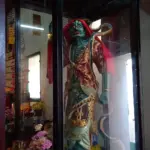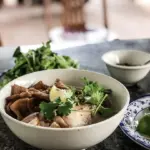Visitor Information for the Museum of Trade Ceramics in Hoi An by Ovuigo
The Museum of Trade Ceramics in Hoi An stands out as a vital destination for anyone invested in Vietnam’s rich history of international trade, artistry, and culture. Situated in the heart of Hoi An Ancient Town at 80 Tran Phu, Minh An Ward, this museum draws visitors interested in authentic heritage experiences. Before planning your visit, understanding the logistics ensures a smooth and enriching journey.
Opening hours for the Museum of Trade Ceramics are from 7:00 AM to 9:00 PM daily, accommodating early risers and evening sightseers. The entry fee is 35,000 VND, making it accessible for both locals and international visitors. This ticket typically includes access not just to this museum, but also a selection of Hoi An Old Town’s other key heritage sites—presenting excellent value for those keen on a deep dive into the district’s cultural abundance.
Accessibility is thoughtfully addressed. The museum’s ground floor is wheelchair-friendly, and the open plan design supports easy navigation for visitors of all ages. Multilingual signage (primarily in Vietnamese and English) enhances engagement for a global audience. Guided tours are available with advance booking, offering expert insights into each artifact and the broader narrative of Hoi An’s trade legacy.
Located in Hoi An’s historic district, the Museum of Trade Ceramics is a core heritage site—recognized by both cultural experts and novice travelers alike. The site is easy to find and well-signposted throughout the Old Town, close to major landmarks.
View Museum of Trade Ceramics on Google Maps
For tailored recommendations, group bookings, or accessible travel advice in Hoi An, contact the ovuigo.com team anytime at Whatsapp (+84868319161) for dedicated support.

History and Significance of the Museum of Trade Ceramics
Hoi An, a World Heritage-listed historic district, thrived for centuries as a key trading port along the Silk Road. Recognizing the critical role that ceramics played in its prosperity, the Hoi An municipal government established the Museum of Trade Ceramics in 1995, following comprehensive restoration of its period wooden house. Since then, the museum has stood as a testament to Vietnam’s pivotal role in the network of Asian maritime trade and cross-cultural exchange.
Housed within a restored 19th-century merchant’s home, the museum itself is an artifact—melding centuries-old timber, double-tiered roofs, and classic fretwork motifs. The building was carefully conserved to reflect both Japanese and Chinese influences, common in Hoi An’s architecture due to past waves of international merchants.
This heritage site preserves the tangible legacy of Vietnamese, Chinese, and Japanese ceramics, focusing on trade goods discovered in historic shipwrecks and archaeological digs from the 15th to 19th century. The museum’s founding premise is simple yet powerful: to narrate Hoi An’s global story through pottery, artifacts, and export wares—counterbalancing the interpretations found in more modern art galleries or technology exhibits elsewhere in Vietnam.
By spotlighting these exchanges, the museum highlights a unique fusion of craftsmanship, glaze techniques, motifs, and influences that set Hoi An’s exported goods apart. For researchers, students, and visitors, the museum’s curated collection offers an authentic window into Vietnam’s golden age of sea trade—an era when Hoi An ceramics graced tables from the Middle East to Europe.
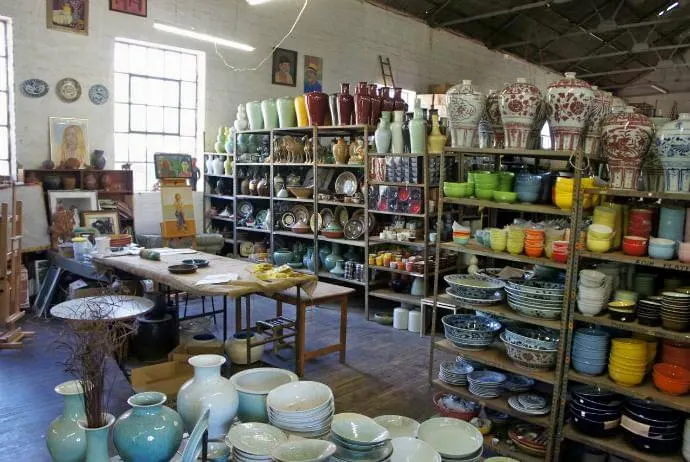
Key Exhibits and Artifacts on Display
Inside, visitors encounter an expertly curated exhibition hall displaying over 430 artifacts, offering a comprehensive view of ancient Vietnamese, Chinese, and Japanese pottery. Among the collection, standout items include blue-and-white porcelain dating to the Ming Dynasty—exemplifying the glaze mastery and craftmanship prized along the Silk Road. You’ll also find Cham pottery and rare ancient coins, each shedding light on Hoi An’s role as a vibrant node in international commerce.
A signature exhibit traces the trans-Asian trade route, showcasing how export ceramics helped forge economic and artistic ties with Asia and beyond. Display cases highlight kiln fragments, pottery wheels, and ceramic vases that once voyaged vast maritime networks. The exhibition narrative carefully connects these artifacts to their original makers, users, and export destinations, making history tangible and immediate.
Interactive displays, multilingual captions, and informative dioramas bring to life the saga of ancient trade. For many visitors, the highlight is the gallery of intact pottery unearthed from local shipwrecks. These tell stories of risk, craftsmanship, and aspiration—contrasting sharply with items found in industrial artifact collections or contemporary design museums. The museum also runs temporary exhibitions focused on motifs and glazing innovations unique to Southeast Asia, deepening appreciation for Vietnam’s contribution to the world ceramic scene.
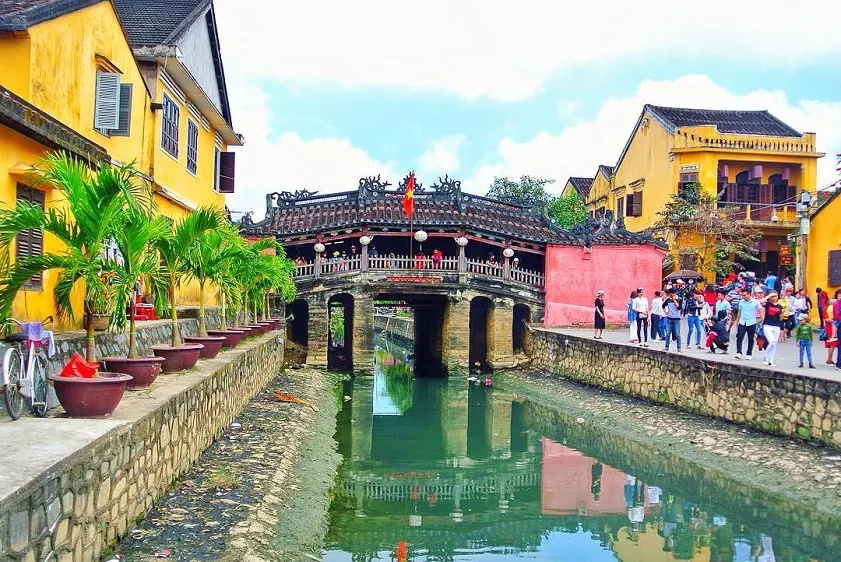
Architectural Features and Unique Location in Hoi An Ancient Town
The museum is centrally located in one of Hoi An’s finest wooden merchant houses—a building recognized for its architectural harmony and cross-cultural motifs. The structure itself is an exhibit: original timber beams, tiled roofs, and hand-carved shutters evoke merchant-era grandeur. The house offers an immersive journey into the blend of Vietnamese, Japanese, and Chinese design that flourished during Hoi An’s trading heyday.
Thanks to its strategic position at the heart of the ancient town, the museum is easily accessible—a short walk from renowned landmarks such as the Japanese Covered Bridge and the bustling Tran Phu Street, both icons in their own right. The building’s interior, with wide halls and airy courtyards, showcases how historical functions determined house form: storage of valuable wares, display rooms for trade negotiations, and living quarters—all echoing the everyday life of Hoi An’s traders.
This architectural legacy, preserved amid Hoi An’s UNESCO-designated historic district, sets the museum apart from typical contemporary exhibition halls. The deliberate blend of East Asian styles mirrors the regional trade and cultural cross-pollination mediated by ceramics—the very history on display within its walls.
Educational Value and Cultural Significance
Education sits at the heart of the museum’s mission. Every exhibit is explained through clear, multilingual signage catering to both Vietnamese and international guests. Regularly scheduled guided tours—available through prior booking or at key times during the day—bring depth to the museum experience, interpreting technical facets like kiln design and glaze chemistry alongside broader historical narratives.
The museum also hosts lectures and hands-on pottery workshops for students, families, and craft enthusiasts. This commitment to educational programming stands as a bulwark against uncrafted, surface-level tourism, empowering visitors to engage directly with Vietnamese pottery traditions.
Ovuigo.com recommends the museum as a foundational resource for understanding the intersection of commerce, art, and everyday life in Hoi An over the centuries. By preserving and interpreting these artifacts, the museum makes a tangible contribution to heritage preservation and the ongoing dialogue of cross-cultural exchange across Asia’s historic trade routes.
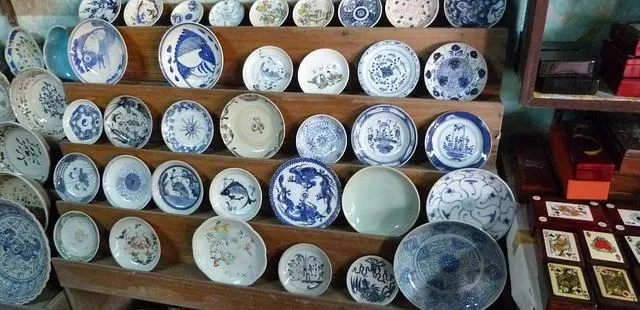
Nearby Landmarks and Related Museums in Hoi An
To maximize your cultural journey, pair your visit to the Museum of Trade Ceramics with a tailored walking itinerary through Hoi An Ancient Town. The district is renowned for its close-knit network of historic attractions, all within easy reach:
- Fujian Assembly Hall (46 Tran Phu): A shrine-like complex known for temple carvings and lush courtyards, entry fee typically included with Hoi An Old Town pass.
- Sa Huynh Culture Museum (149 Tran Phu): Spotlighting prehistoric local cultures, with a focus on ancient burial customs and artifacts. Ticket price is included in the general Old Town admission.
- Tan Ky Old House (101 Nguyen Thai Hoc): This preserved merchant’s home illustrates the daily rhythm of prosperous Hoi An life.
- Japanese Covered Bridge (186 Tran Phu): Perhaps the town’s most photographed landmark, this arched wooden bridge was constructed in the early 17th century by Japanese traders.
Each of these sites offers further insight into Hoi An’s evolution as a UNESCO World Heritage Site and commercial powerhouse. By visiting several in one day, you experience the full spectrum of architecture, religion, and craftsmanship that defined Vietnam’s most cosmopolitan trading hub.
If you need a personalized tour or cultural consultation for your visit, reach out to the experts at ovuigo.com via Whatsapp (+84868319161).
To enjoy immersive stays while exploring Hoi An’s museums and heritage sites, check out: The Manor Hoi An, Hola 1, and Hola 2—highly rated options for travelers seeking authentic local experiences.



